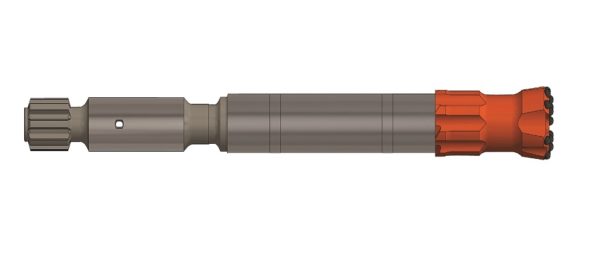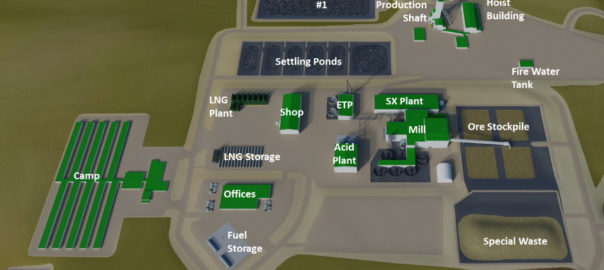Brunner & Lay has released a new line of rock drilling tools to the market following a rigorous in-house development and testing process from the company’s engineering and metallurgical teams.
The latest addition is a line of ‘Arrow’ straight hole drilling tools, which come in a variety of thread styles – T38, T-45, T-51 and B-60. The Brunner & Lay Tubular Drill Rod System, which these drill strings fit into, has been developed to enhance the power of the latest technologically advanced hydraulic powered top hammers and drilling rigs, operating in both surface and underground applications, the company says.
Brunner & Lay has been manufacturing tools for above and below ground mining markets in the US since the company’s founding in 1882. B&L is still owned and operated by the Brunner family with headquarters in Springdale, Arkansas, USA.









